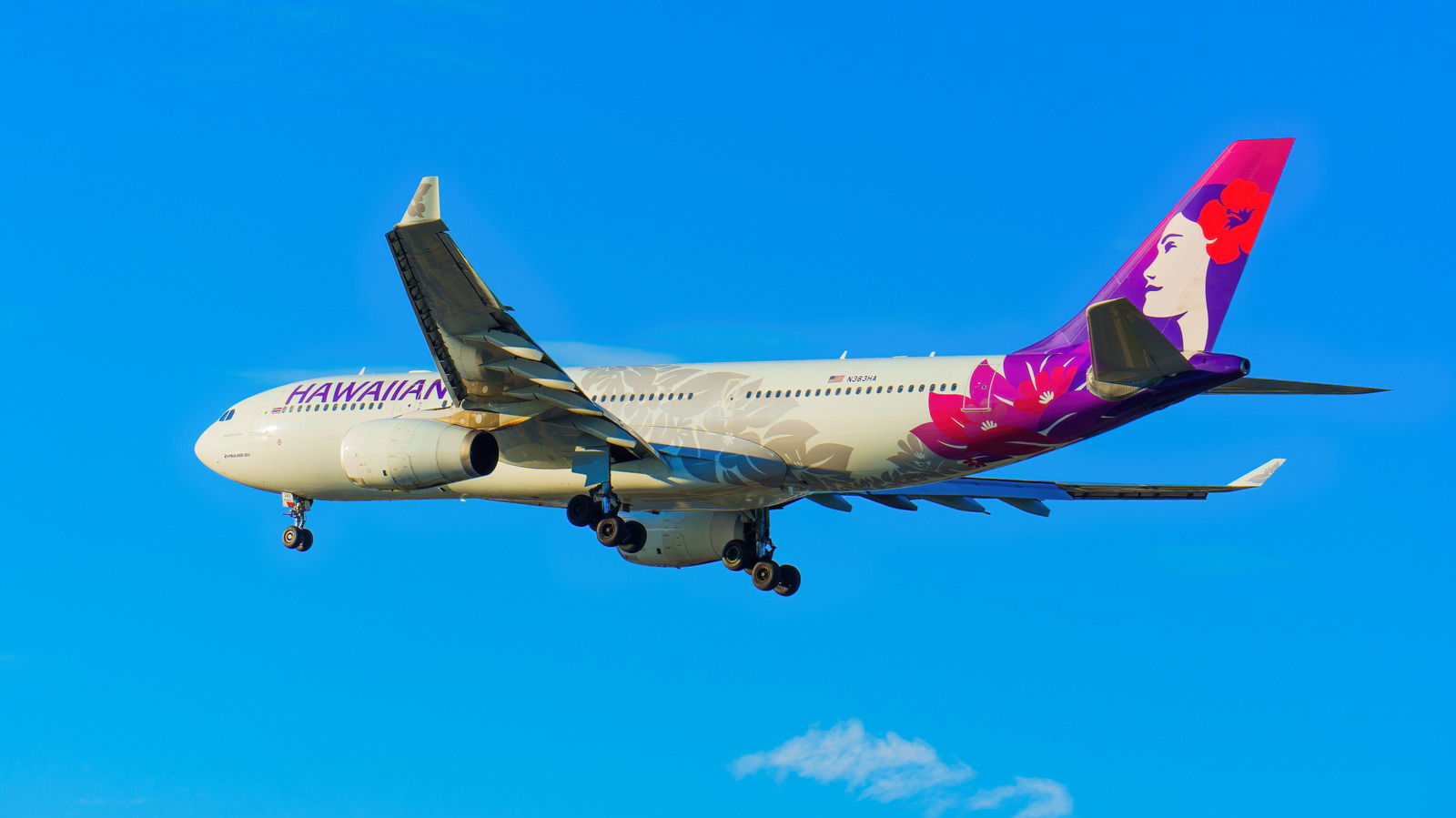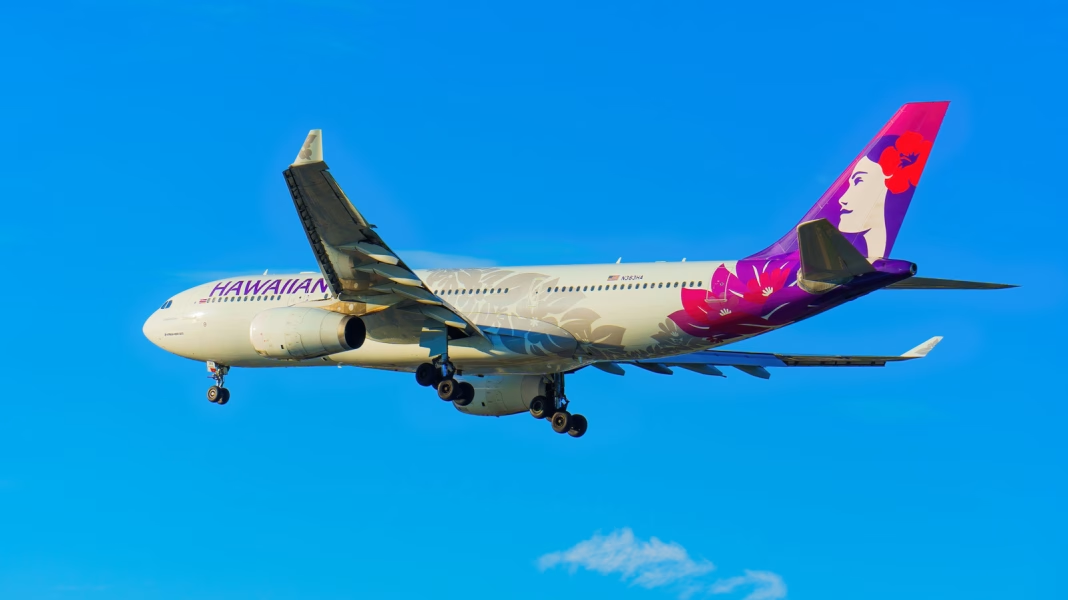What’s the Longest Domestic Flight in the US Now—and Why Does It Matter?
If you’ve ever stared at a flight map and wondered just how far you could go without leaving the country, here’s an answer that might surprise you. With Boston’s direct service to Hawaii now off the table, the title for the longest domestic flight in the United States goes to the route between New York’s John F. Kennedy International Airport (JFK) and Honolulu (HNL). Clocking in at roughly 4,983 miles, this journey is no small feat for travelers or airlines.
How Long Does the JFK to Honolulu Flight Actually Take?
You might be picturing an endless day in the air, and honestly, you wouldn’t be far off. Most nonstop flights from JFK to Honolulu take about 11 hours westbound, thanks to prevailing headwinds. Eastbound, you’ll shave off a little time—usually around 9.5 to 10 hours. That’s a lot of time to binge-watch, nap, and maybe even finish that book you’ve been meaning to read.
Why Did This Route Become the Longest?
Until recently, Boston’s Logan Airport had a direct flight to Honolulu, which edged out JFK’s route by a few miles. But with that service discontinued, New York now claims the crown. Airlines constantly tweak their routes based on demand, fuel costs, and aircraft capabilities. When a long-haul domestic route disappears, it’s often because it just isn’t profitable enough to keep flying—especially with the current volatility in jet fuel prices and shifting travel patterns post-pandemic.
What Makes Flying This Far Domestically Unique?
Most people associate ultra-long flights with international travel, but the US is big enough to offer marathon journeys without crossing a border. The JFK-HNL route is a fascinating case study in airline logistics. It requires aircraft with extended range—think Boeing 767s or 777s—plus careful planning for crew rest and in-flight services. Not every airline can or wants to tackle this challenge, which is why only a handful operate such long domestic legs.
How Do Airlines Keep Passengers Comfortable on These Flights?
Let’s be honest: 11 hours in a metal tube isn’t anyone’s idea of a spa day. Airlines have stepped up their game, though. Expect upgraded entertainment systems, more meal options, and—if you’re lucky—premium economy seats with a bit more legroom. Some carriers even offer amenity kits on these longer domestic routes, a perk usually reserved for international flights. According to a recent survey by the International Air Transport Association, passenger satisfaction on long-haul flights is closely tied to seat comfort and in-flight entertainment, so airlines are paying attention.
Are There Any Travel Tips for Surviving the Longest Domestic Flight?
Absolutely. Hydrate more than you think you need to. Bring snacks—yes, even if meals are served. Dress in layers, since cabin temperatures can swing from chilly to stuffy. And don’t forget to move around every couple of hours to keep your circulation going. Frequent flyers swear by noise-canceling headphones and a good neck pillow. If you’re prone to jet lag, try adjusting your sleep schedule a day or two before departure.
What Does This Mean for the Future of US Air Travel?
The shifting landscape of domestic routes says a lot about how Americans are traveling. As remote work and flexible schedules become more common, airlines are experimenting with longer, less frequent flights to leisure destinations like Hawaii. According to the Bureau of Transportation Statistics, demand for transcontinental and transpacific flights has rebounded faster than short-haul business routes. Don’t be surprised if new contenders for the longest domestic flight pop up as airlines chase changing travel trends.
The big takeaway? Tackling the longest domestic flight isn’t about endurance—it’s about making smarter choices before and during your journey. Try one new comfort hack on your next long-haul, and you might just find the hours fly by faster than you’d expect.


